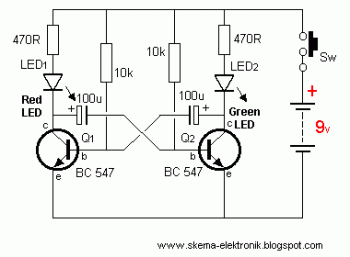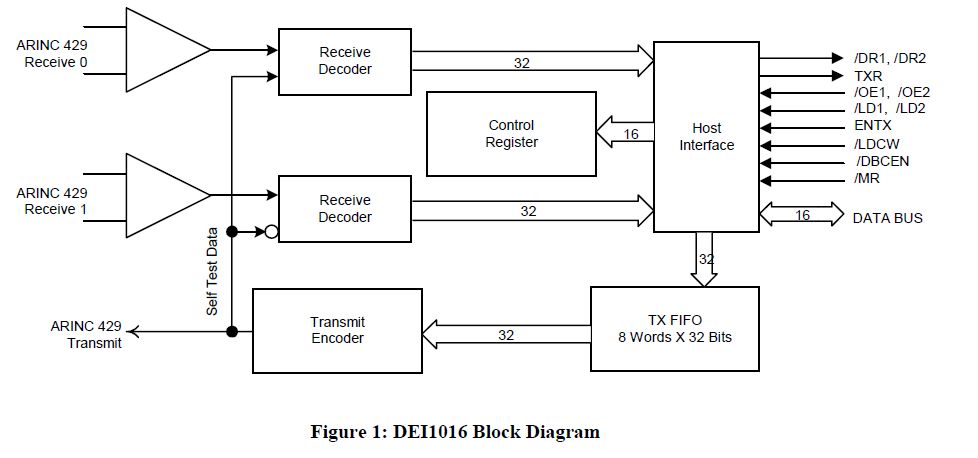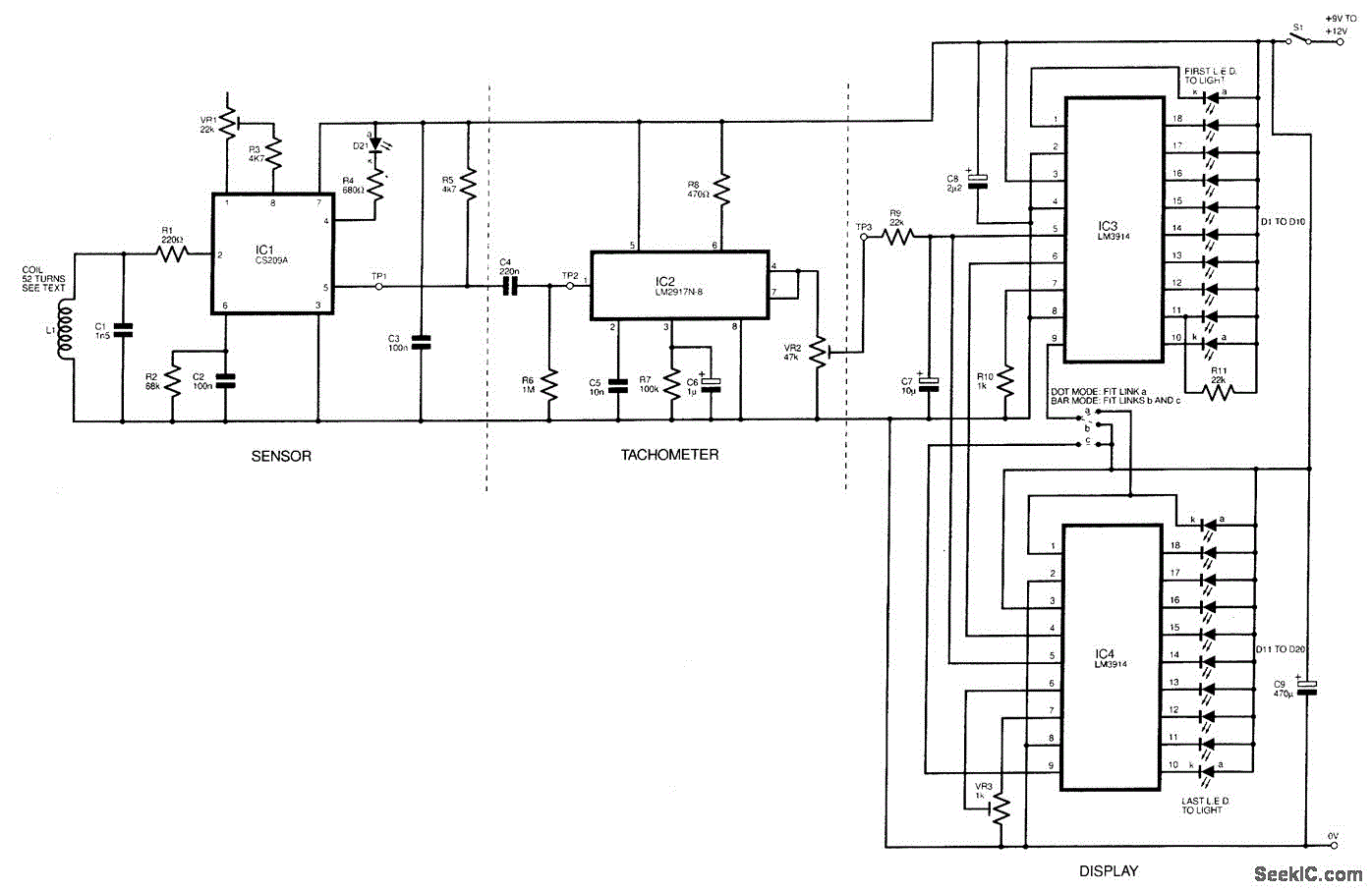
laser door alarm circuit

This circuit for a laser door alarm operates on the principle of laser beam interruption. A low-cost laser pointer serves as the light source. When an object disrupts the laser beam, an alarm is triggered for a few seconds. The circuit consists of two sections: the laser transmitter and the receiver. The laser pointer is powered by a 3-volt DC supply and is mounted on one side of the door frame. The receiver features a phototransistor, specifically the L14F1 NPN Darlington phototransistor, which acts as the laser sensor. An integrated circuit (IC1) functions as a voltage comparator, with its inverting input connected to a potential divider formed by resistors R2 and R3, maintaining the inverting input at half the supply voltage. Consequently, the comparator's output remains low, keeping both the LED and buzzer off. When an individual crosses the threshold, the laser beam is interrupted, causing T1 to stop conducting. This results in an increase in the collector voltage of T1 and a corresponding rise in voltage at pin 3 of the comparator, leading to a high output. This output activates the LED and buzzer. Capacitor C1 ensures that the base of T2 remains high for several seconds, even after the output of IC1 returns to low. Capacitor C2 supplies current to the buzzer for a few seconds after T2 turns off.
The laser door alarm circuit is designed for simplicity and effectiveness in security applications. The laser transmitter, a standard laser pointer, provides a focused beam that can cover a distance sufficient to monitor doorways effectively. The positioning of the laser pointer is crucial; it must be aligned with the phototransistor to ensure reliable operation.
The receiver section's choice of the L14F1 NPN Darlington phototransistor is significant due to its high sensitivity and fast response time, allowing for quick detection of beam interruptions. The voltage comparator IC1 plays a vital role in processing the signals from the phototransistor. By maintaining the inverting input at half the supply voltage through the resistive divider, the circuit is designed to minimize false alarms while ensuring a quick response to legitimate interruptions.
The output stage of the circuit utilizes a transistor (T2) to drive the buzzer and LED. The inclusion of capacitors C1 and C2 is a thoughtful design choice, providing a delay that allows the alarm to sound for a few seconds even after the interruption has ceased. This feature enhances the circuit's effectiveness, ensuring that the alarm is noticeable and serves as a deterrent.
Overall, this laser door alarm circuit exemplifies a straightforward yet efficient approach to security, leveraging basic electronic components to create an effective monitoring system. Proper assembly and calibration of the components will ensure the reliability and functionality of the alarm system in real-world applications.This is a circuit for laser door alarm is based on the interruption of Laser beam. A low cost Laser pointer is used as the source of light beam. When somebody breaks the laser path, the alarm will be generated for few seconds. This is the figure of the circuit; The laser door alarm circuit has two sections. The laser transmitter is a laser pointer readily available. It should be powered with 3 volt DC supply and fixed on one side of the door frame. The receiver has a Phototransistor at the front end. L14F1 NPN Darlington phototransistor is used as the laser sensor. IC1 is used as a voltage comparator with its inverting input tied to a potential divider R2-R3. So that the inverting input is kept at half supply voltage. As a result, output of comparator remains low. LED and Buzzer remain off in this state. When a person crosses the door, laser beam breaks and T1 cease to conduct. Collector voltage of T1 rises and voltage at pin 3 of comparator increases and its output becomes high. This activates LED and buzzer. Capacitor C1 keeps the base of T2 high for few seconds even after the output of IC1 becomes low again.
C2 gives current to the buzzer for few seconds even after T2 turns off. 🔗 External reference
The laser door alarm circuit is designed for simplicity and effectiveness in security applications. The laser transmitter, a standard laser pointer, provides a focused beam that can cover a distance sufficient to monitor doorways effectively. The positioning of the laser pointer is crucial; it must be aligned with the phototransistor to ensure reliable operation.
The receiver section's choice of the L14F1 NPN Darlington phototransistor is significant due to its high sensitivity and fast response time, allowing for quick detection of beam interruptions. The voltage comparator IC1 plays a vital role in processing the signals from the phototransistor. By maintaining the inverting input at half the supply voltage through the resistive divider, the circuit is designed to minimize false alarms while ensuring a quick response to legitimate interruptions.
The output stage of the circuit utilizes a transistor (T2) to drive the buzzer and LED. The inclusion of capacitors C1 and C2 is a thoughtful design choice, providing a delay that allows the alarm to sound for a few seconds even after the interruption has ceased. This feature enhances the circuit's effectiveness, ensuring that the alarm is noticeable and serves as a deterrent.
Overall, this laser door alarm circuit exemplifies a straightforward yet efficient approach to security, leveraging basic electronic components to create an effective monitoring system. Proper assembly and calibration of the components will ensure the reliability and functionality of the alarm system in real-world applications.This is a circuit for laser door alarm is based on the interruption of Laser beam. A low cost Laser pointer is used as the source of light beam. When somebody breaks the laser path, the alarm will be generated for few seconds. This is the figure of the circuit; The laser door alarm circuit has two sections. The laser transmitter is a laser pointer readily available. It should be powered with 3 volt DC supply and fixed on one side of the door frame. The receiver has a Phototransistor at the front end. L14F1 NPN Darlington phototransistor is used as the laser sensor. IC1 is used as a voltage comparator with its inverting input tied to a potential divider R2-R3. So that the inverting input is kept at half supply voltage. As a result, output of comparator remains low. LED and Buzzer remain off in this state. When a person crosses the door, laser beam breaks and T1 cease to conduct. Collector voltage of T1 rises and voltage at pin 3 of comparator increases and its output becomes high. This activates LED and buzzer. Capacitor C1 keeps the base of T2 high for few seconds even after the output of IC1 becomes low again.
C2 gives current to the buzzer for few seconds even after T2 turns off. 🔗 External reference
Warning: include(partials/cookie-banner.php): Failed to open stream: Permission denied in /var/www/html/nextgr/view-circuit.php on line 713
Warning: include(): Failed opening 'partials/cookie-banner.php' for inclusion (include_path='.:/usr/share/php') in /var/www/html/nextgr/view-circuit.php on line 713





